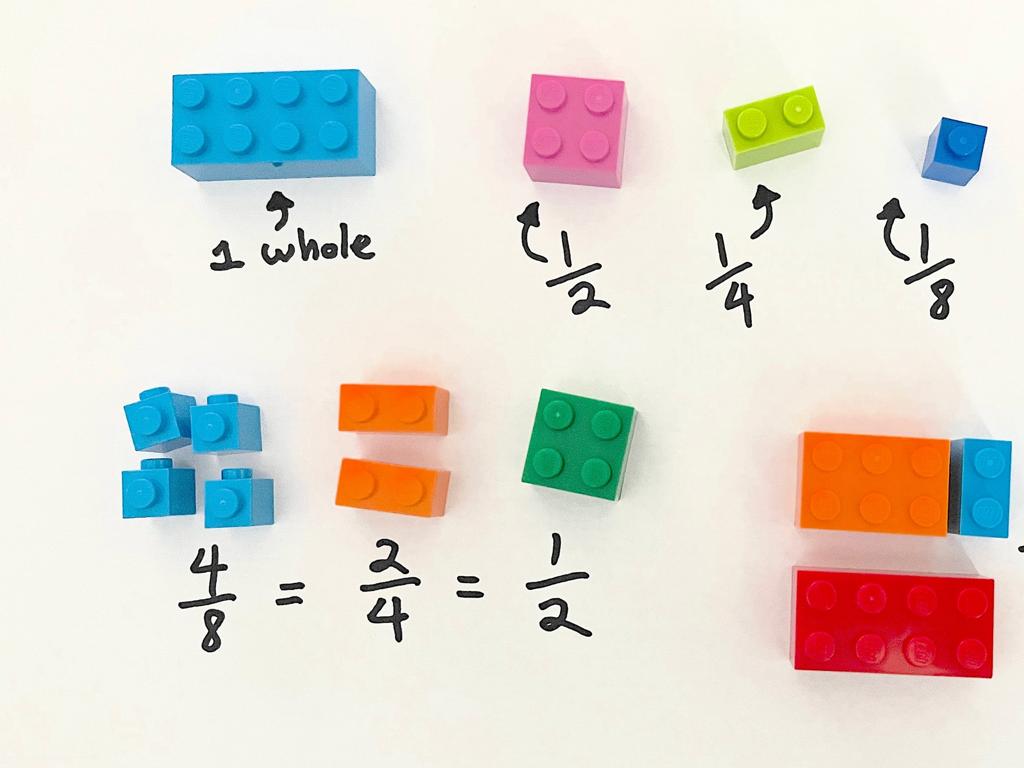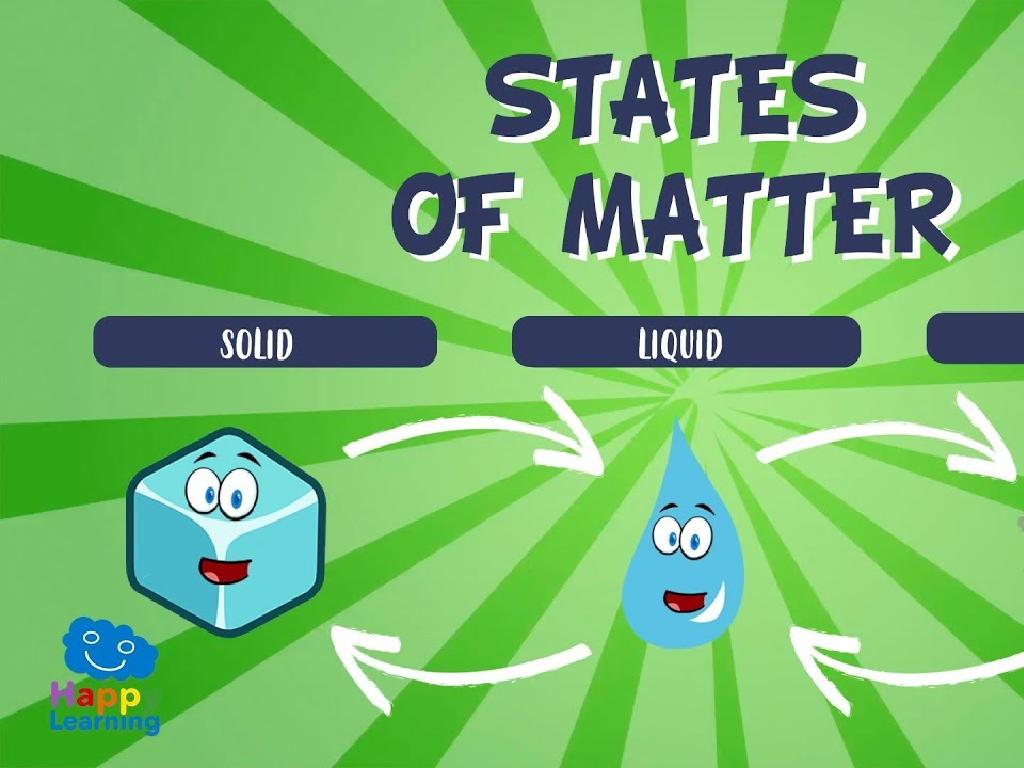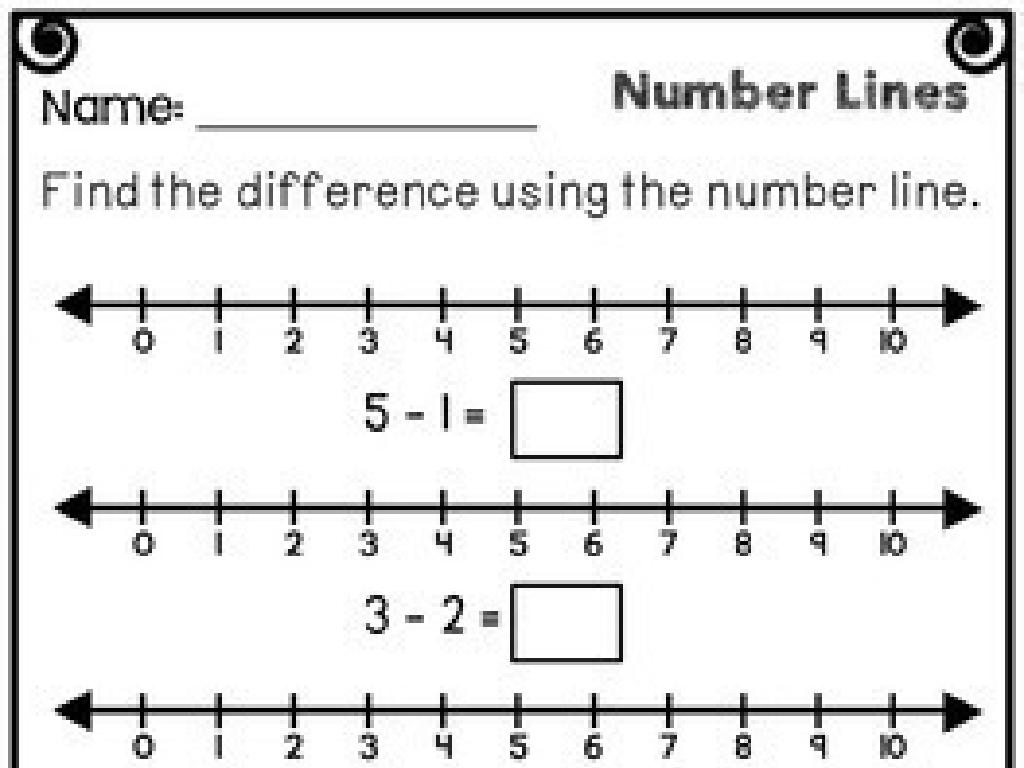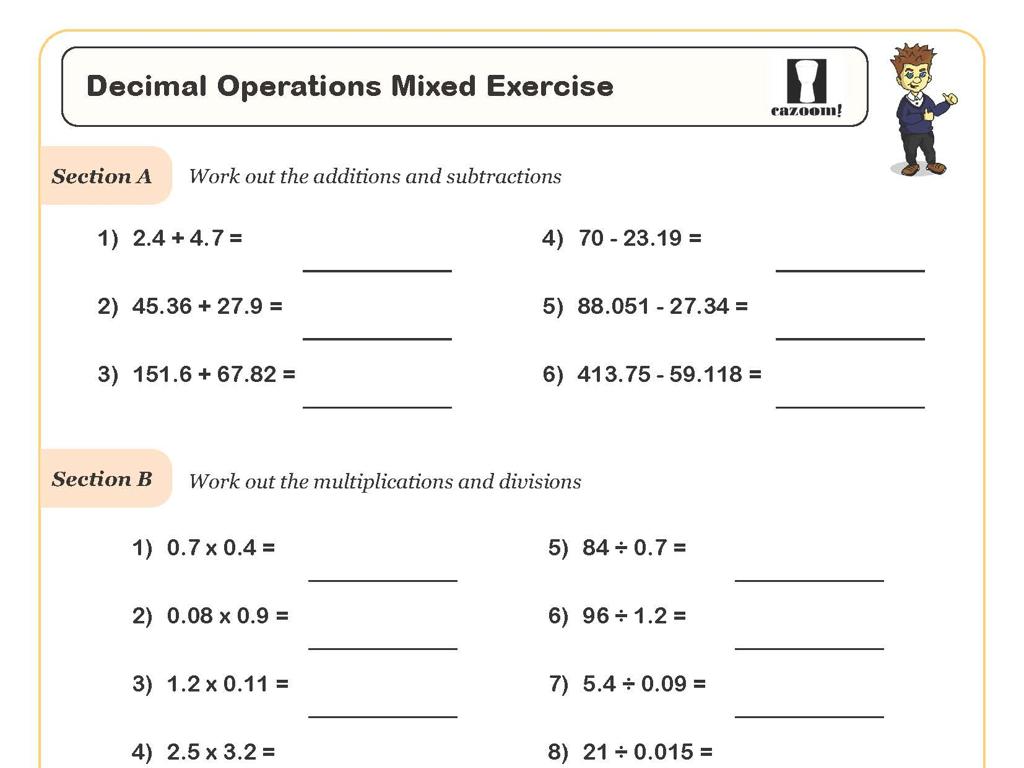Día De Los Muertos
Subject: Social studies
Grade: Second grade
Topic: Cultural Celebrations
Please LOG IN to download the presentation. Access is available to registered users only.
View More Content
Exploring Día de los Muertos
– What is a holiday?
– Share your favorite holiday
– Discover Día de los Muertos
– A Mexican holiday to remember loved ones
– Why is it special?
– It’s a joyful time with food, music, and memories
|
This slide introduces the concept of holidays and specifically focuses on Día de los Muertos, a cultural celebration from Mexico. Begin by discussing what a holiday is and ask students to share holidays they celebrate with their families, which will help them connect with the new holiday they are about to learn. Introduce Día de los Muertos as a day to remember and honor those who have passed away. Emphasize that it’s a time of happiness and celebration rather than sadness. Explain that people celebrate with special foods, music, and creating altars for their loved ones. This will set the stage for understanding the unique traditions and the significance of this holiday in Mexican culture.
Exploring Día de los Muertos
– A special holiday in Mexico
– Día de los Muertos is when families honor their ancestors.
– Remembering loved ones
– We think about family and friends who are no longer with us.
– Celebrated on Nov 1st and 2nd
– These two days are full of memories and love.
– A joyful time of remembrance
|
Día de los Muertos, or Day of the Dead, is a vibrant and meaningful holiday in Mexican culture. It’s a time when families come together to remember and celebrate the lives of their deceased loved ones. The celebration takes place on November 1st and 2nd, coinciding with the Catholic holidays of All Saints’ Day and All Souls’ Day. During this period, people create altars, decorate graves, and share stories about those who have passed away. It’s a beautiful tradition that teaches children about the importance of family, history, and cultural heritage. Encourage students to think about how they honor their own loved ones and share any traditions they may have in their families.
Symbols of Día de los Muertos
– Marigolds guide spirits
– Bright orange flowers with a special scent
– Sugar skulls show life’s sweetness
– Decorated skulls that honor those who have passed away
– Candles light the way for spirits
– We light candles to welcome spirits back
– Remembering with joy
|
This slide introduces students to the vibrant symbols of Día de los Muertos, a celebration to honor and remember loved ones who have passed away. Marigolds, with their bright orange color and strong scent, are believed to guide the spirits to the altars set up for them. Sugar skulls, often decorated with colorful icing, represent the sweetness of life and individuality of the departed. Candles are lit to give light and warmth to welcome the spirits back to the world of the living. Emphasize that this holiday is a joyful time to remember and celebrate the lives of those who are no longer with us. Encourage students to think about what items they might use to remember someone special to them.
Creating an Ofrenda for Día de los Muertos
– What is an ‘ofrenda’?
– An ‘ofrenda’ is a special altar for Día de los Muertos.
– Decorate with special items
– Use flowers, candles, and colorful decorations.
– Include photos and favorite foods
– Add pictures and snacks the person liked.
– Celebrate loved ones’ lives
– It’s a joyful time to remember family and friends.
|
This slide introduces students to the tradition of creating an ‘ofrenda’ for Día de los Muertos. Explain that an ‘ofrenda’ is a home altar with a collection of objects placed on a ritual display during the annual and traditionally Mexican Día de los Muertos celebration. Teach the children that the purpose of the ofrenda is to welcome spirits back to the realm of the living. As such, it is not a somber or frightening space, but rather a festive, friendly environment. Encourage the students to think about what they would place on an ofrenda for a loved one, which can include their favorite foods, hobbies, or other personal items. This activity helps students understand and respect cultural practices different from their own and recognize the importance of honoring and remembering the deceased.
Día de los Muertos Traditions
– Painting faces like skulls
– Skulls, or ‘calaveras’, are a symbol of the holiday
– Families remember loved ones
– Talking about ancestors and their favorite dishes
– Joyful parades with music
– Music and dance to celebrate life
– Sharing stories and food
– Special recipes that the departed enjoyed
|
This slide introduces students to the vibrant traditions and activities of Día de los Muertos, a holiday that honors the lives of the departed with joy and remembrance. Explain that painting faces like skulls, or ‘calaveras’, is a way to connect with and celebrate the deceased. Families come together to share stories and the favorite foods of their loved ones who have passed away, keeping their memories alive. Parades and music are important as they fill the streets with a festive atmosphere, showing that this holiday is a celebration of life as much as it is a remembrance of those who have died. Encourage students to think about how they honor their loved ones and share any traditions they may have in their own families.
Día de los Muertos Around the World
– Originated in Mexico
– A special day to remember loved ones who have passed away.
– Celebrated globally with unique traditions
– Countries like the United States, Spain, and the Philippines have their own versions of the celebration.
– Each country adds its own touch
– Some might have parades, others have quiet family gatherings.
– Explore global celebrations
|
Día de los Muertos, or Day of the Dead, is a rich cultural celebration that originated in Mexico but has since spread across the world. Each country that observes this holiday incorporates its own customs, creating a unique experience. For example, in the United States, there are often parades and public festivals, while in the Philippines, families may visit cemeteries to clean and repair gravesites. This slide aims to introduce students to the idea that cultural celebrations can be both universal and specific to each community. Encourage students to think about how different cultures can share a common practice while also making it their own. This can be a great opportunity to discuss diversity and the importance of respecting different traditions.
Class Activity: Make Your Own Marigold
– Join the Día de los Muertos celebration
– Create paper marigolds together
– Marigolds are vibrant flowers used during the celebration
– Learn about the holiday’s traditions
– Understand why marigolds are significant to the holiday
– Display our flowers as a lesson reminder
|
This activity is designed to engage students with the cultural significance of Día de los Muertos by creating paper marigolds, which are traditional decorations for the holiday. Marigolds are believed to guide the spirits to their altars using their vibrant color and scent. For the activity, provide students with orange and yellow tissue paper, scissors, and pipe cleaners to craft their flowers. Possible variations of the activity could include making marigold garlands, headbands, or decorating a classroom altar. Encourage creativity and ensure each student understands the symbolism of the marigold in the celebration. This hands-on experience will help solidify their understanding of the holiday and its customs.
Reflecting on Día de los Muertos
– Summary of Día de los Muertos
– It’s a day to honor and remember family who are no longer with us.
– Remembering loved ones
– Like lighting candles or looking at photos to feel close to them.
– Sharing our marigolds
– Show your flower and tell us about the person you thought of while making it.
– Discussing our enjoyment
– What was the best part of creating your marigold?
|
As we conclude our lesson on Día de los Muertos, encourage the students to reflect on what they’ve learned about this important cultural celebration. It’s a time to remember and honor those who have passed away. Ask the students to think about the ways they remember their own loved ones, drawing parallels to the traditions of Día de los Muertos. Have each student share the marigold they made, which is a symbol of the holiday, and speak about the person they were remembering as they created it. This activity helps students connect with the holiday and express their creativity and feelings. Discuss what they enjoyed about making the marigolds, such as choosing colors, using their hands, or thinking about their loved ones.






